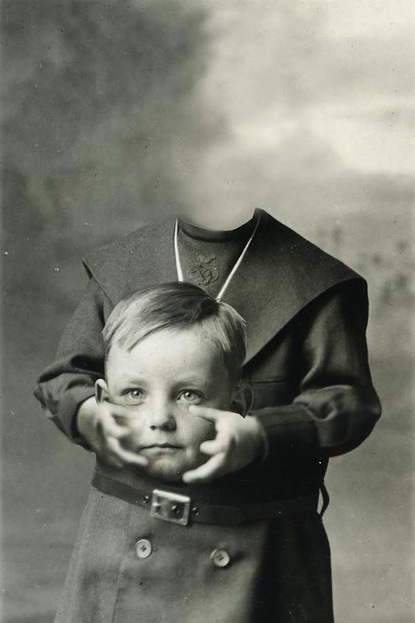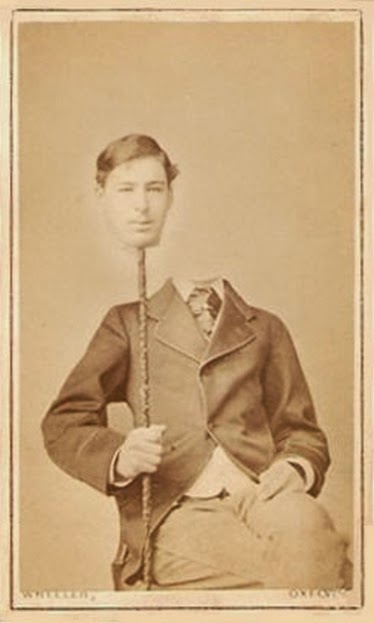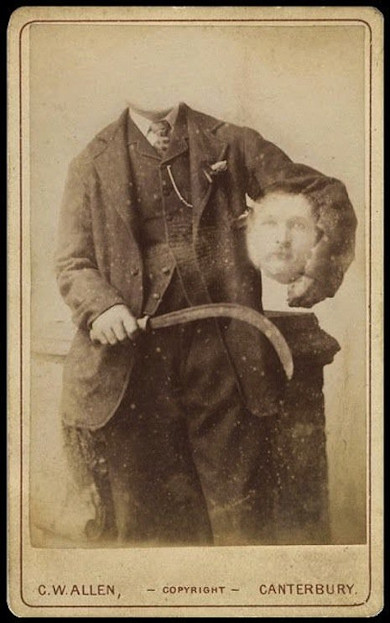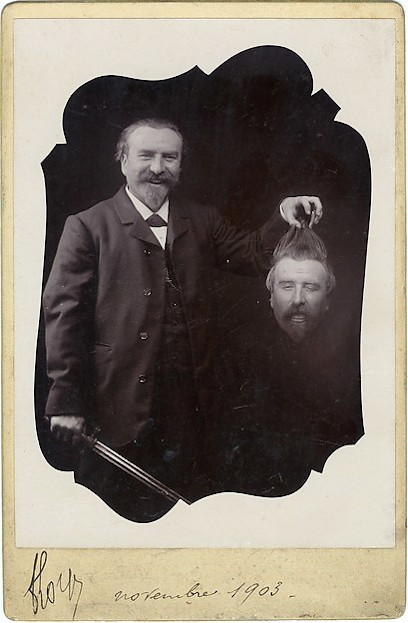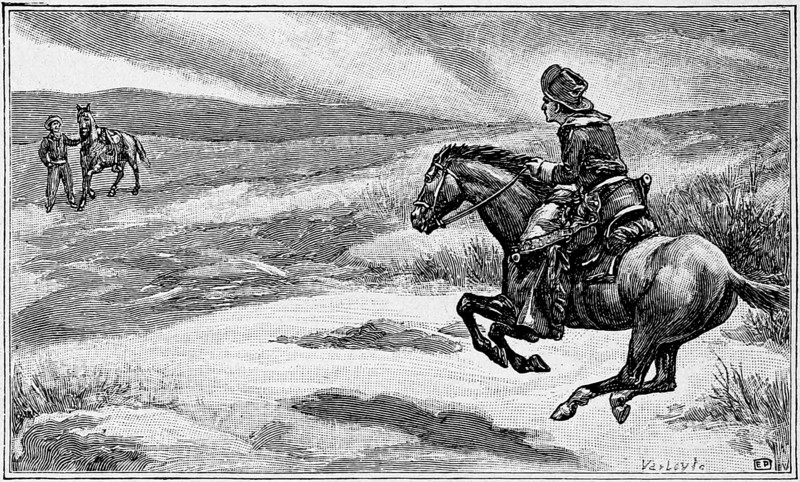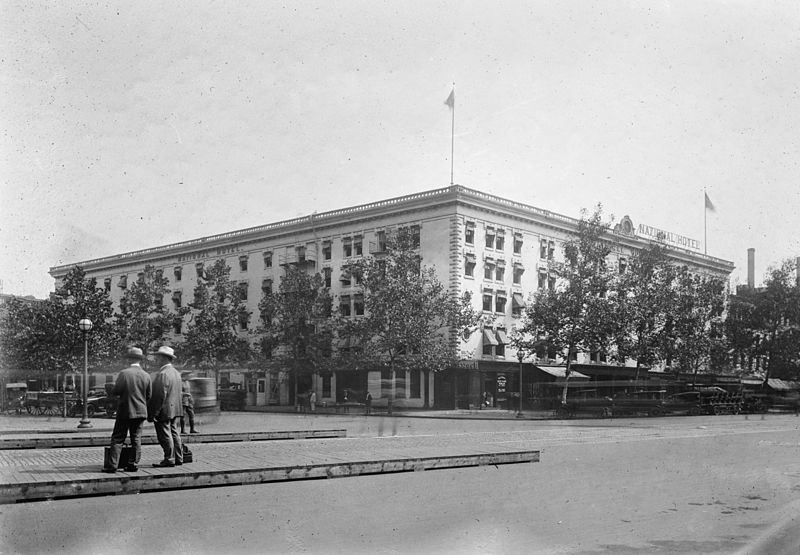
In 1850, England received a distinguished guest: A baby hippopotamus arrived at the London Zoo. Obaysch was an instant celebrity, attracting throngs of visitors while confounding his inexperienced keepers. In this week’s episode of the Futility Closet podcast we’ll describe his long tenure at the zoo, more than 4,000 miles from his Egyptian home.
We’ll also remark on a disappearing signature and puzzle over a hazardous hand sign.

